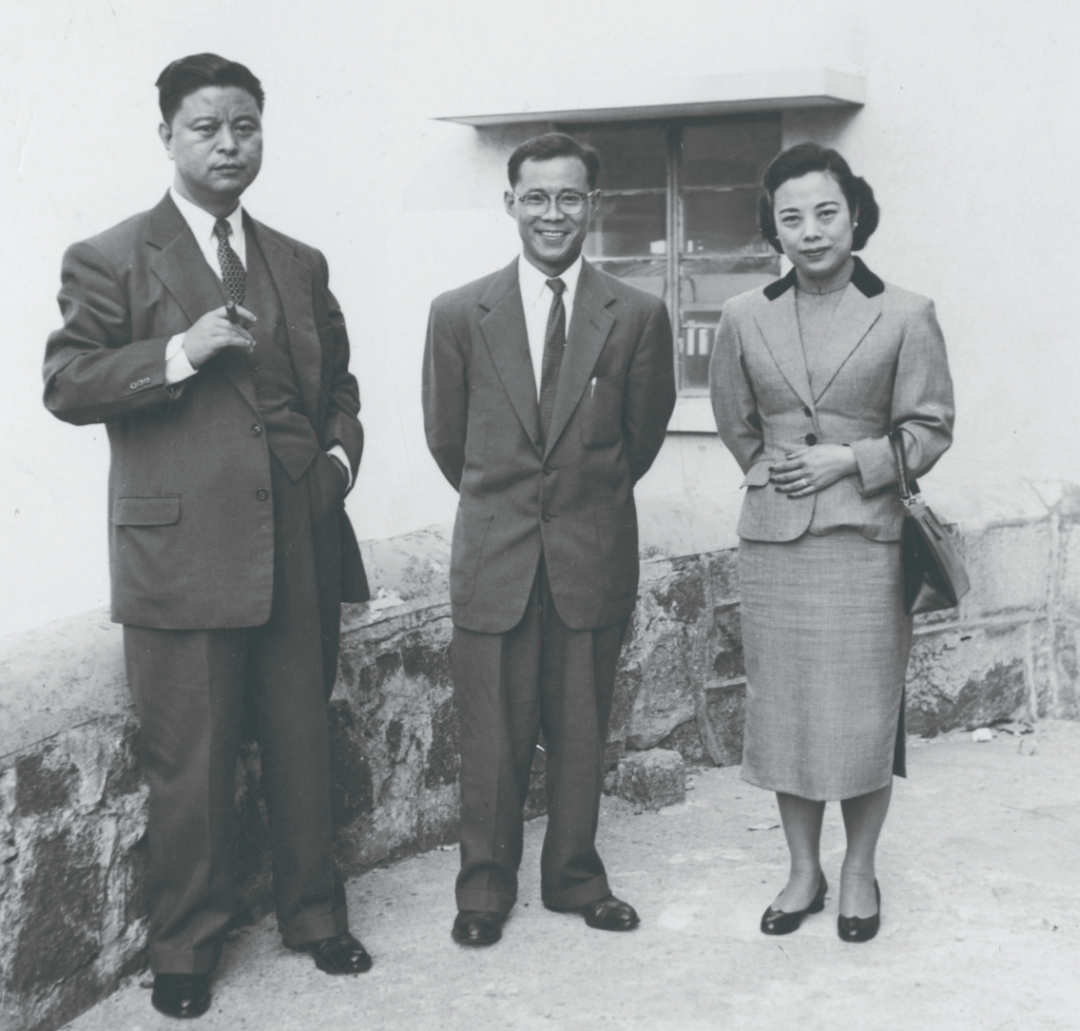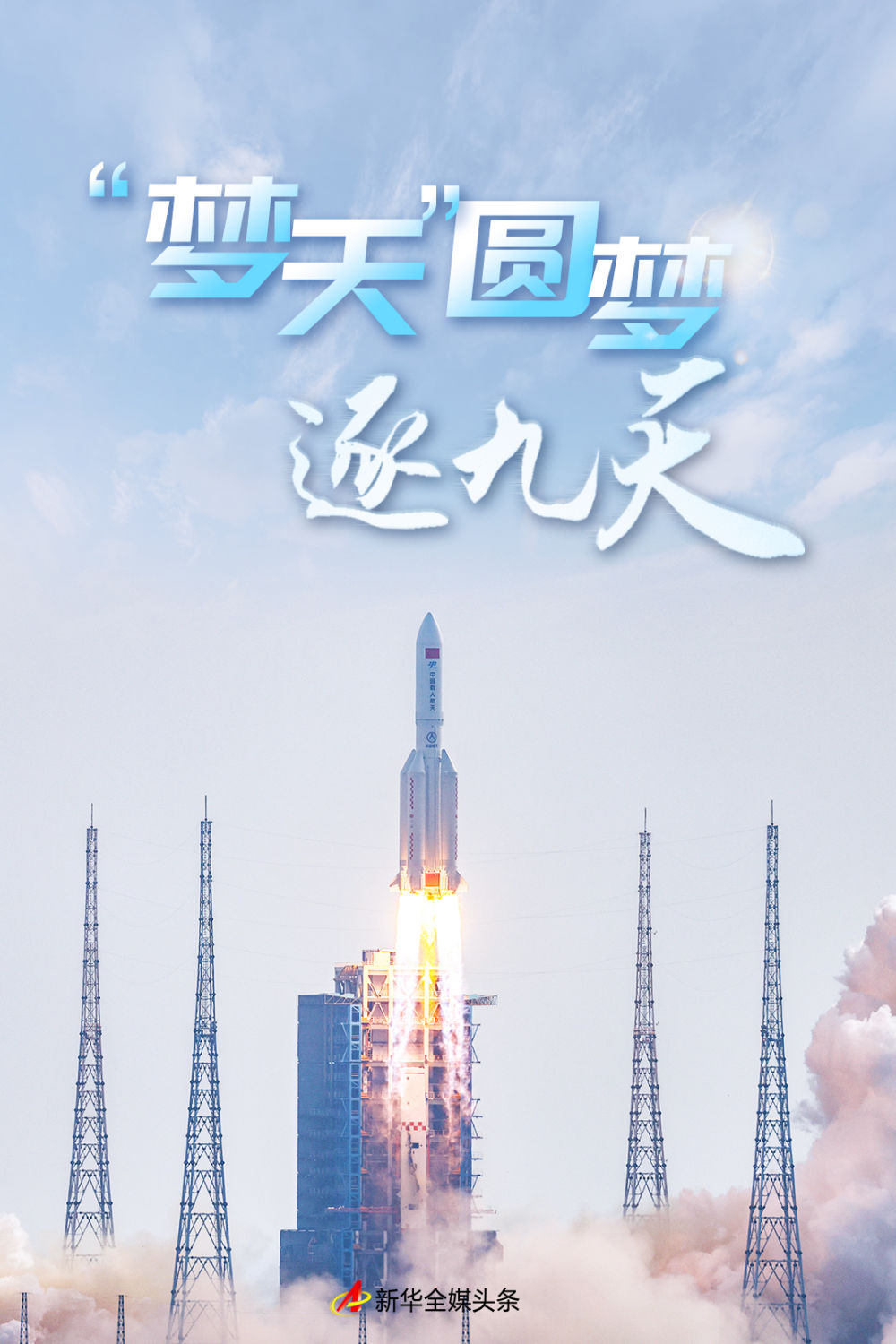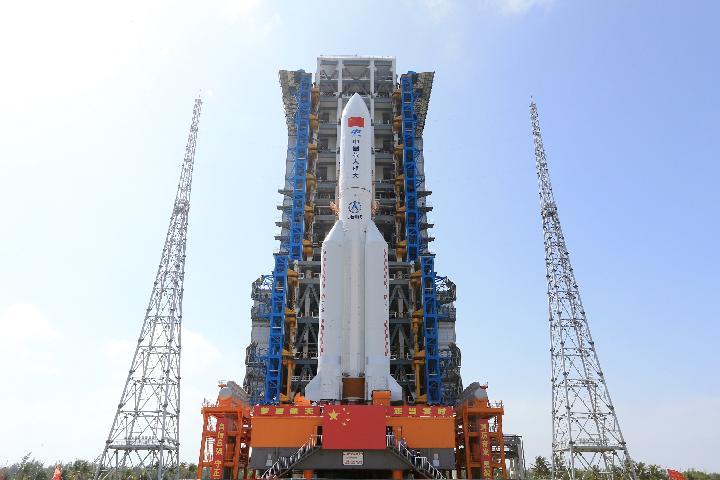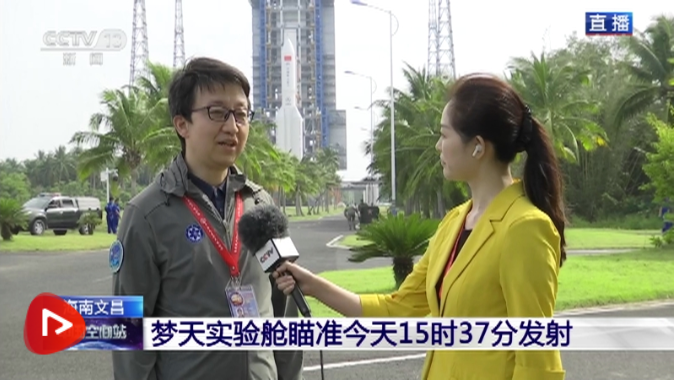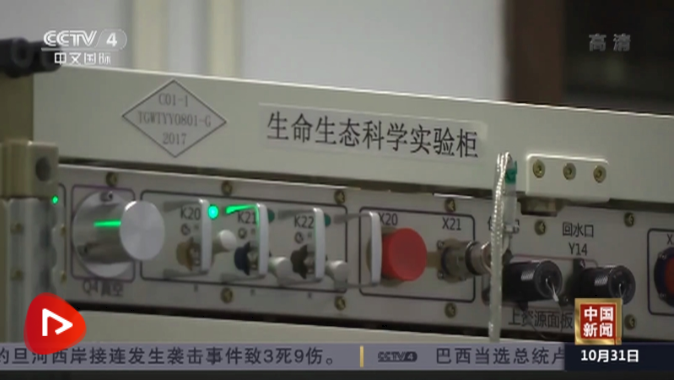IMECH in Media
-
【CSTNET】Scientists "rejuvenate" glass by identifying aging mechanisms and new rejuvenation mechanisms
Glass is a prevalent material in our daily lives, from the skyscrapers towering above us to the fragile wristwatches on our wrists. Before the National People's Congress, the Chinese Academy of Engineering academician and China National Building Materials Group Chief Engineer, Peng Shou, stated in an interview that the glass industry in China should vigorously promote energy saving and carbon reduction to become more eco-friendly.
Mar 21, 2023
-
【Science News】"Studying in another country is all about coming back to serve your own country!" Zheng Zhemin had a difficult journey getting back to China.
The group of "scientists who returned from the United States" during the early years of New China's founding were special. Their destiny reflected the many choices that intertwined politics and science, the individual and the nation. Science has no national boundaries, but scientists have a homeland. This unique set of researchers sacrificed their affluent lifestyles and advanced research settings overseas to come back to a "destitute" new China. Their valuable efforts led to the development and establishment of the new China, while also motivating generations of scientists and technologists to serve and strengthen their country.
Mar 03, 2023
-
-
【Bloomberg News】Matter:Structural non-homogeneity controls the deformability of metallic glass
Cell Press, a leading academic publisher across all sciences, has teamed up with the Chinese Academy of Sciences Youth Innovation Promotion Association (YIPA) to introduce the "YIPA Review" section. Its aim is to foster academic exchange and promote greater interaction across borders. In Matter's 132nd issue, set to release in 2023, Jiang Minqiang, an esteemed CASYI member and researcher at the IMS, will provide a critique of the article.
Feb 15, 2023
-
-
【China Economic Network】Innovative insights from "Power Arrow One"
Recently, Guangzhou Zhongke Aerospace Exploration Technology Company Limited had a successful first flight of "Power Arrow I". It is China's largest solid launch vehicle that has broken through many vital technologies. "Power Arrow 1" has several exceptional advantages like a large capacity, high orbit precision, and low launch expenses. The first flight of Power Rocket 1 was a success and proved its technical strength. It also boosted market, investor, user, and practitioner confidence.
Nov 03, 2022
-
-
【Xinhua News Agency】Xinhua Viewpoint | Successful Launch of Dream Sky Experiment Module
On 31st October afternoon, the Chinese space station's third part, the Mengtian Experiment Module, went into orbit aboard a Long March 5B carrier rocket from the Wenchang Space Launch Complex and was a complete success. The Mengtian Experiment Module will now perform a swift rendezvous and docking with the Tianhe Core Module, along with planar transposition, to achieve Space Station's "T" primary setup assembly.
Oct 30, 2022
-
-
